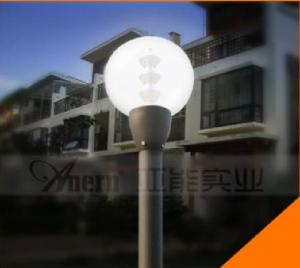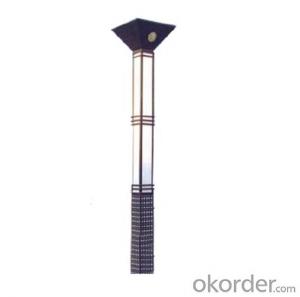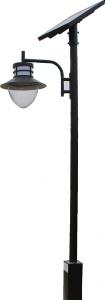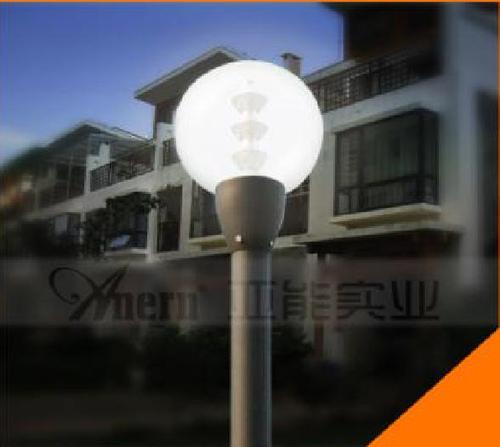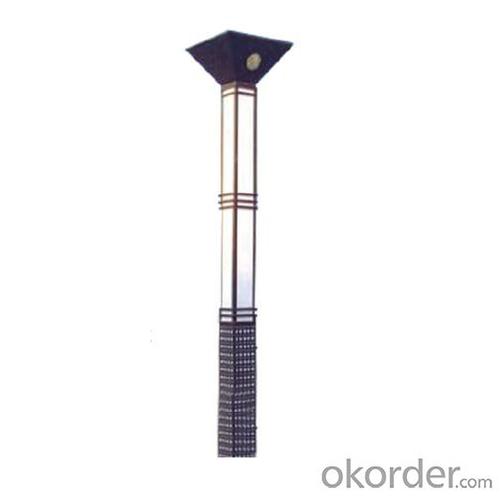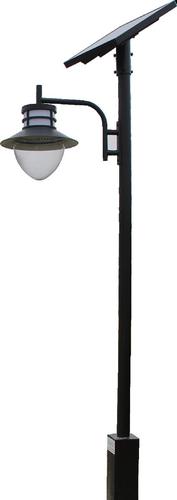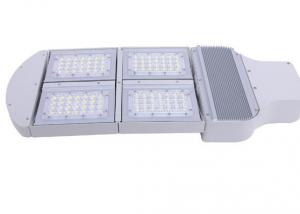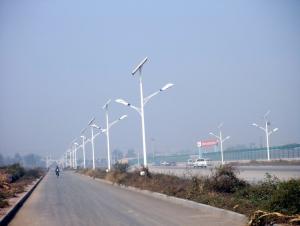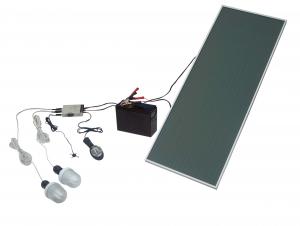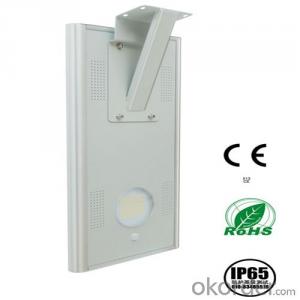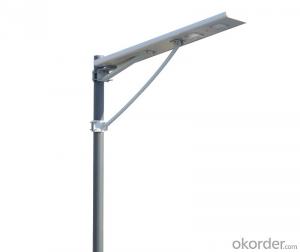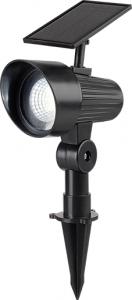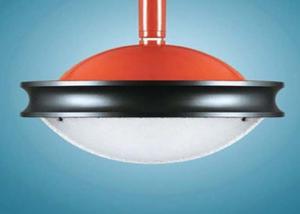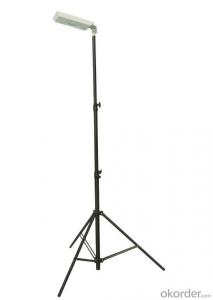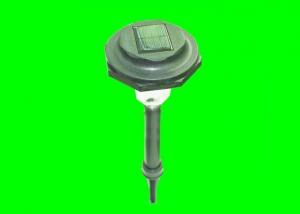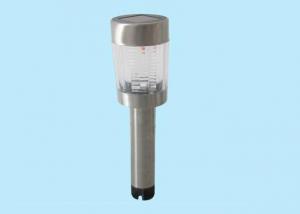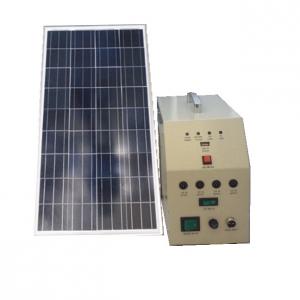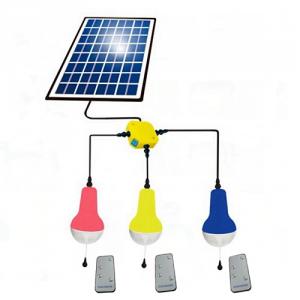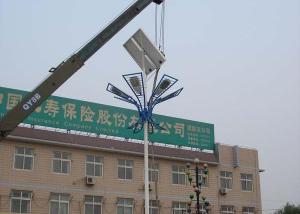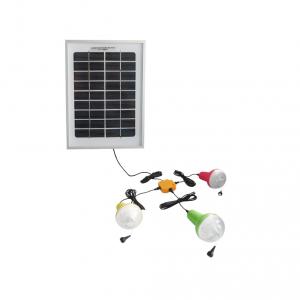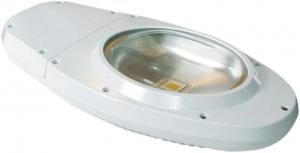Aa Solar Light Batteries LED Garden Light 5W
OKorder Service Pledge
OKorder Financial Service
You Might Also Like
LED garden light
futures:
Over 50,000Hrs mean time between failures(depends on environment).
Superior color rendering index up to 90,near daylight quality.
Lamp Luminous Efficiency up to 100lm/w.
what we can offer:
1.Your inquiry related to our products or prices will be replied immediately.
2. Professional service from well-trained and experienced staffs is customers’ best choice to secure good
communication, on time delivery, reliable warranty etc.
3. OEM is available for Anern Products.
FAQ
Q:Are you manufacture or trading company
A:we are group company with facotries.
Q:Required mainly certificated?
A:Our product are certified by CE RoHS,IEC,C-tick etc.
Q:Your mainly export market?
A:The main market of our product is South-east Asia,Mid east,Africa, east Europe and latin America
Q:your main product produced?
A:solar section:solar street light, LED section:LED street light
| LED Power | 5W | LED model | DZ-TYD-11 |
| solar module | 18v 15wp | battery | 12V17AH |
| Lifespan | 3,000~,5000hrs | Warranty | 3 years |
| controller | 12V5A | reliability | 100% light over year |
- Q: Are solar lights resistant to extreme weather conditions?
- Yes, solar lights are designed to be resistant to extreme weather conditions. They are built to withstand various weather elements such as rain, snow, heat, and cold. However, it is always recommended to check the specific product's specifications and instructions to ensure its durability in specific weather conditions.
- Q: Can solar lights be used for road construction or maintenance?
- Yes, solar lights can be used for road construction or maintenance. Solar lights are a sustainable and cost-effective lighting solution that can be easily installed in remote or temporary construction sites without the need for an electrical grid. They provide bright and reliable illumination for workers and equipment during night shifts, ensuring safety and productivity. Solar lights also have the advantage of being environmentally friendly, as they harness sunlight to generate electricity, reducing the reliance on traditional energy sources. Additionally, solar lights require minimal maintenance and have a long lifespan, making them suitable for long-term road construction or maintenance projects. Overall, solar lights are a practical and efficient lighting solution for road construction or maintenance activities.
- Q: Do solar lights have replaceable LED bulbs?
- Yes, solar lights typically have replaceable LED bulbs.
- Q: Can solar lights be used for outdoor restaurant or café lighting?
- Yes, solar lights can be used for outdoor restaurant or café lighting. They are a sustainable and cost-effective option as they harness energy from the sun and do not require electricity. Solar lights can provide ambient and decorative lighting, creating a pleasant atmosphere for outdoor dining experiences.
- Q: Can solar lights be used for illuminating bus stops and shelters?
- Certainly, bus stops and shelters can be effectively illuminated using solar lights. Actually, solar-powered lighting solutions are gaining popularity in outdoor settings, including bus stops and shelters. The installation of solar lights is simple, as there is no need for complex wiring or electrical connections, and they can be placed wherever sunlight is accessible. Solar lights harness energy from the sun during the day via their solar panels, which convert sunlight into electrical energy. This energy is stored in the lights' batteries, which then power the lights during the night. Equipped with light sensors, solar lights can detect the surrounding light levels and automatically switch on and off accordingly, ensuring activation only when necessary. The use of solar lights for bus stops and shelters offers several advantages. Firstly, it reduces reliance on traditional grid electricity, making these lighting solutions more energy-efficient and environmentally friendly. Additionally, solar lights eliminate the need for costly wiring installations and ongoing electricity expenses, resulting in significant long-term savings. Moreover, solar lights enhance safety and security at bus stops and shelters by providing reliable illumination during the night, making these areas more visible and safer for commuters. The bright and consistent light emitted by solar lights also improves visibility for people waiting at bus stops, assisting them in easily spotting approaching buses. In summary, solar lights are a practical and sustainable choice for illuminating bus stops and shelters. They offer effortless installation, cost-effectiveness, energy efficiency, and improved safety, making them an excellent option for outdoor lighting applications.
- Q: Are solar lights resistant to wildlife interference?
- Yes, solar lights are generally resistant to wildlife interference. Due to their design and installation, most solar lights are built to withstand and deter wildlife interference such as birds nesting or animals tampering with them. However, it is important to note that certain animals may still be able to disrupt or damage solar lights, so occasional monitoring and maintenance may be necessary.
- Q: Do solar lights need direct sunlight to charge?
- Yes, solar lights require direct sunlight to charge effectively.
- Q: Are solar lights available in different colors?
- Yes, solar lights are available in different colors.
- Q: Are solar lights suitable for areas with high pollution?
- Solar lights are generally suitable for areas with high pollution levels, as they do not require any external power source and can function independently. However, it is important to consider the impact of pollution on the solar panel's performance. Excessive air pollution may reduce the amount of sunlight reaching the panels, thereby affecting the lights' efficiency. Regular cleaning and maintenance of the solar panels may be necessary in highly polluted areas to ensure optimal performance.
- Q: Can solar lights be used for pathway markers?
- Yes, solar lights can be used for pathway markers. They are a popular and eco-friendly choice for illuminating pathways, walkways, and driveways as they charge during the day using sunlight and automatically turn on at night. Solar lights provide a cost-effective and hassle-free solution for marking pathways, enhancing safety, and adding aesthetic appeal to outdoor spaces.
Send your message to us
Aa Solar Light Batteries LED Garden Light 5W
OKorder Service Pledge
OKorder Financial Service
Similar products
Hot products
Hot Searches
Related keywords
